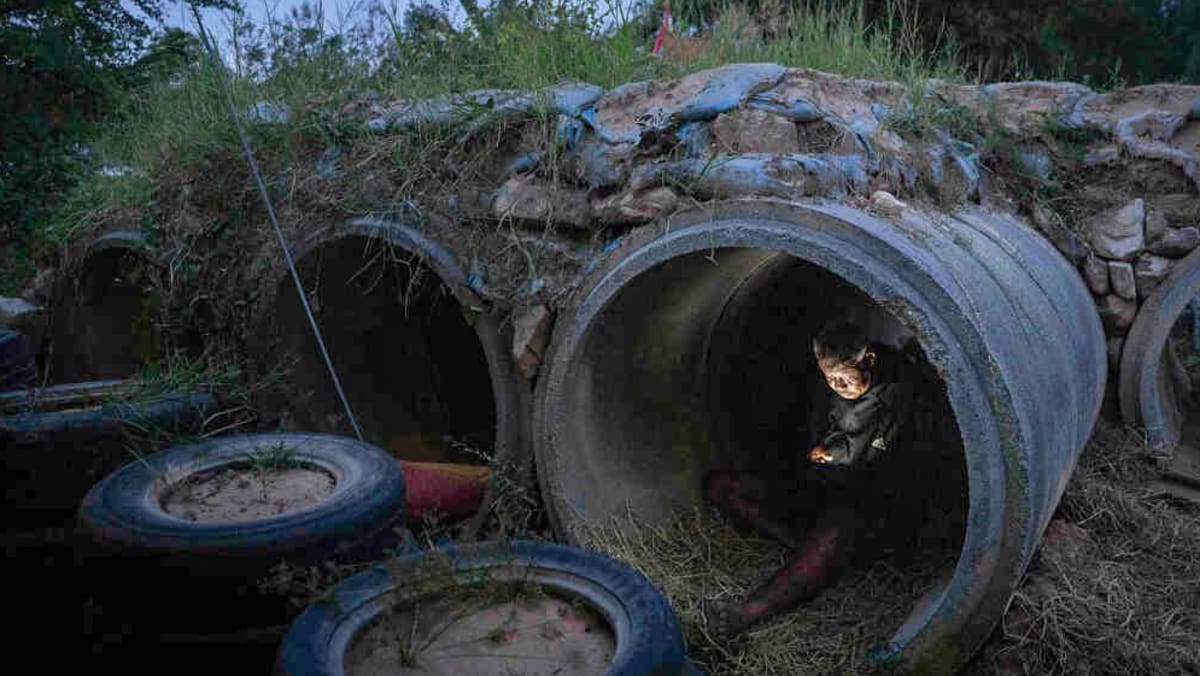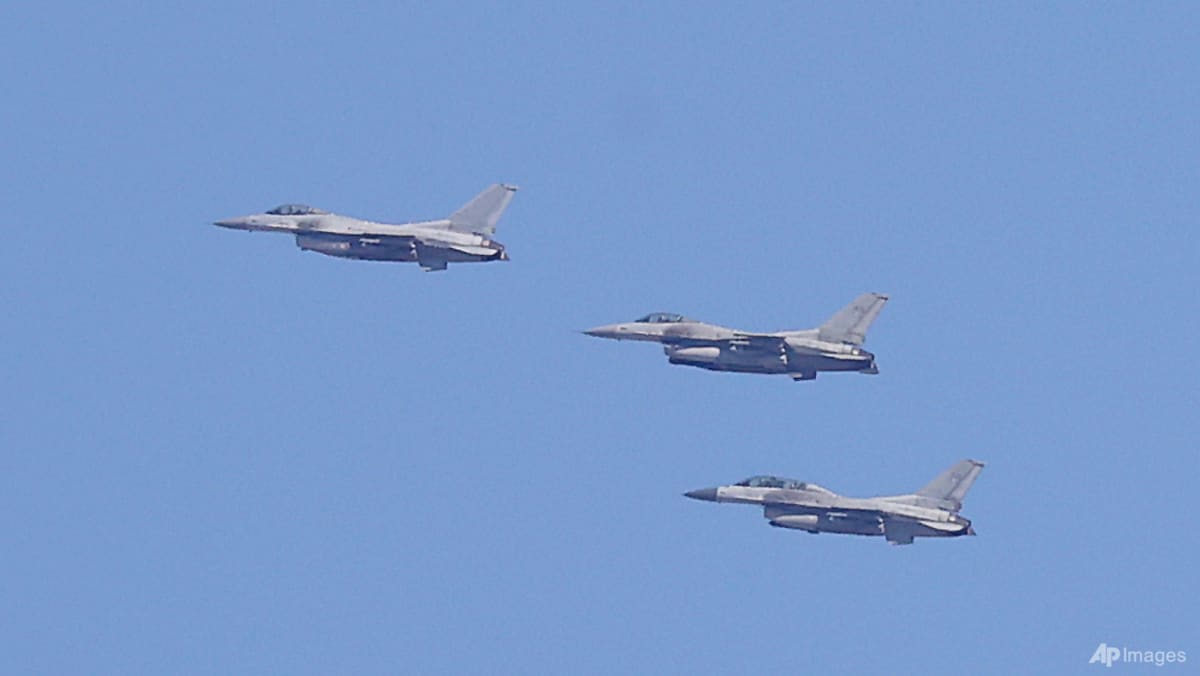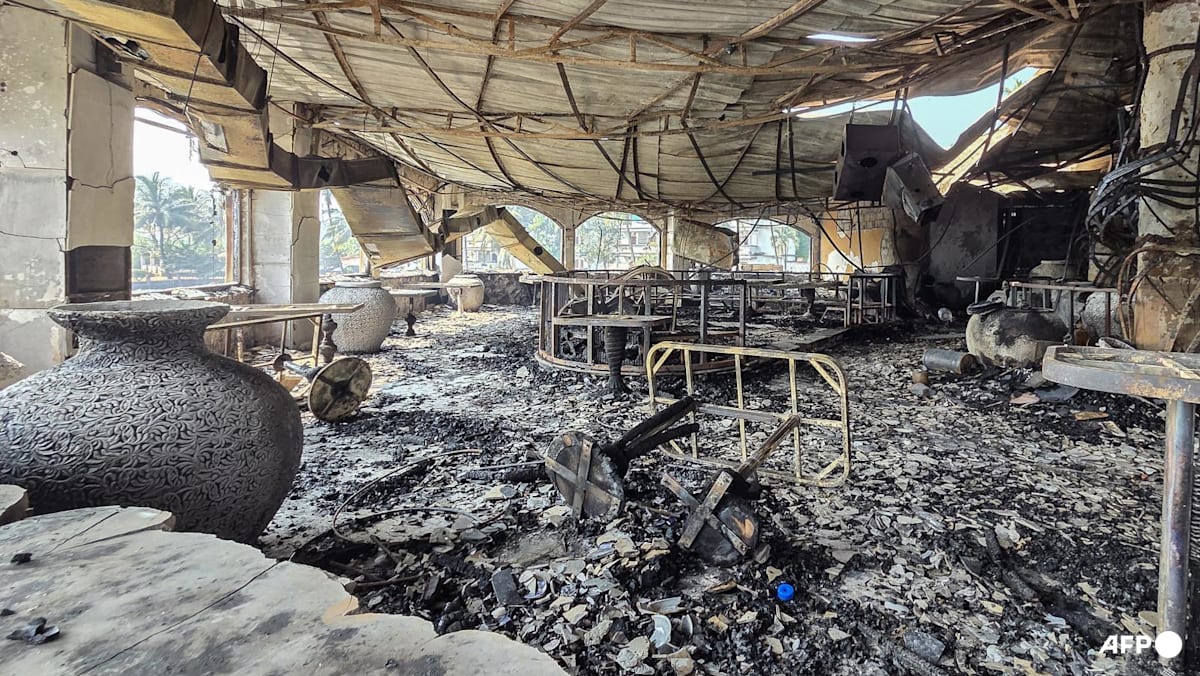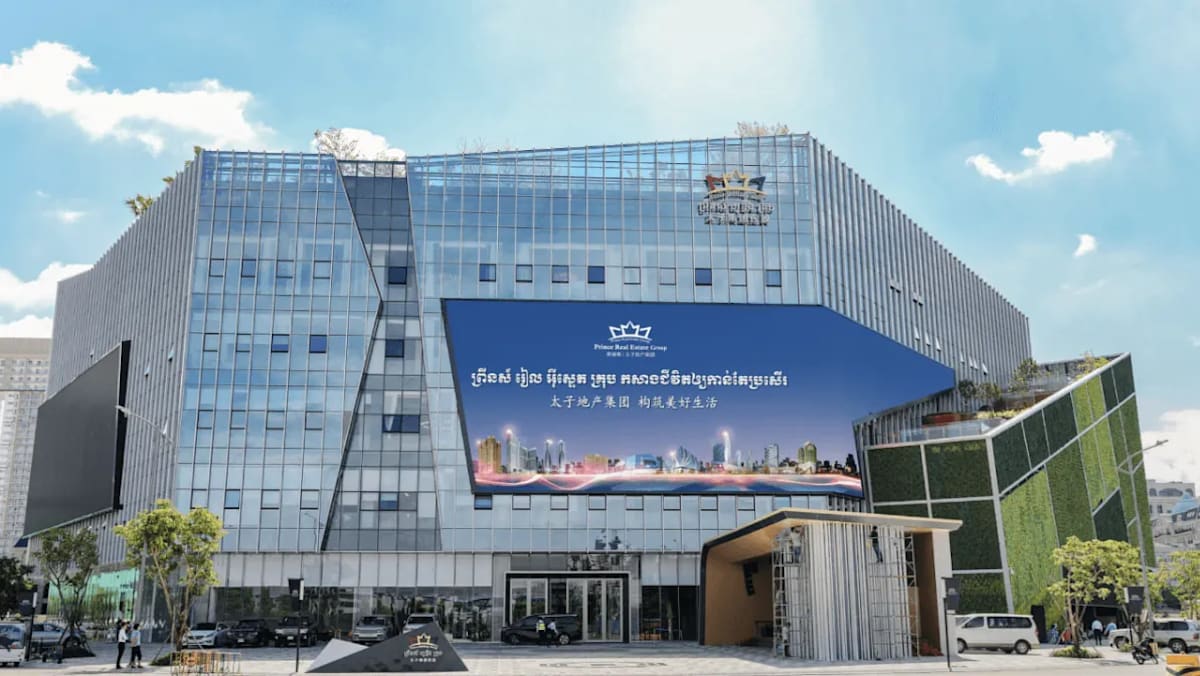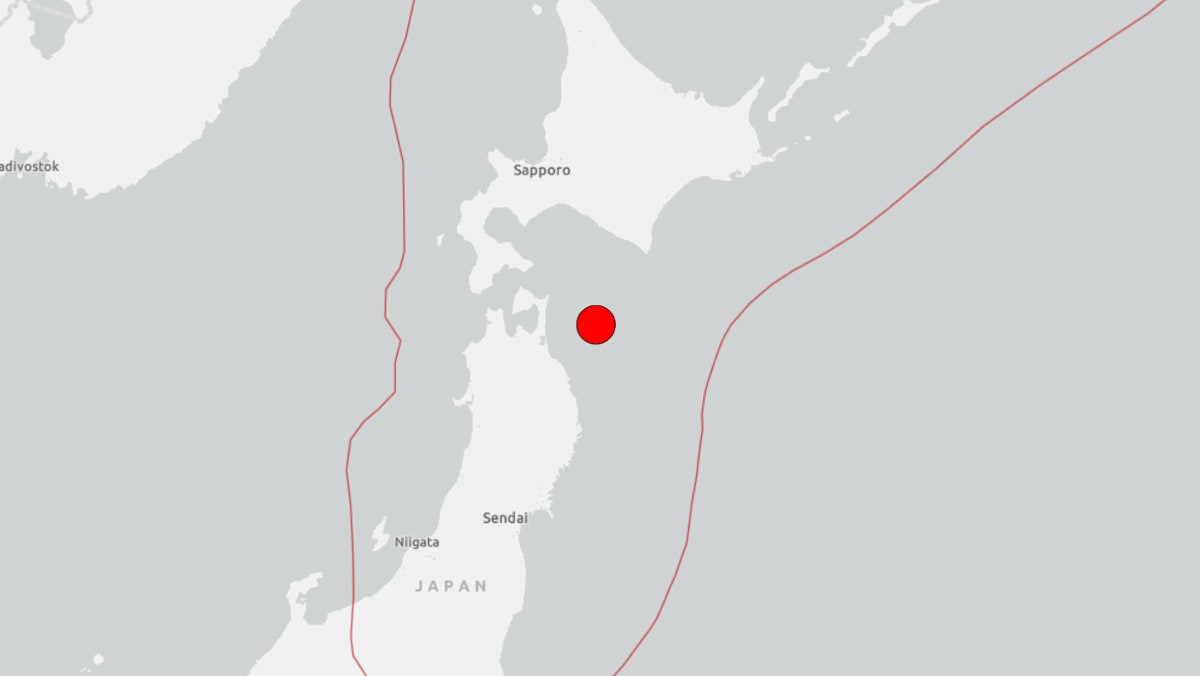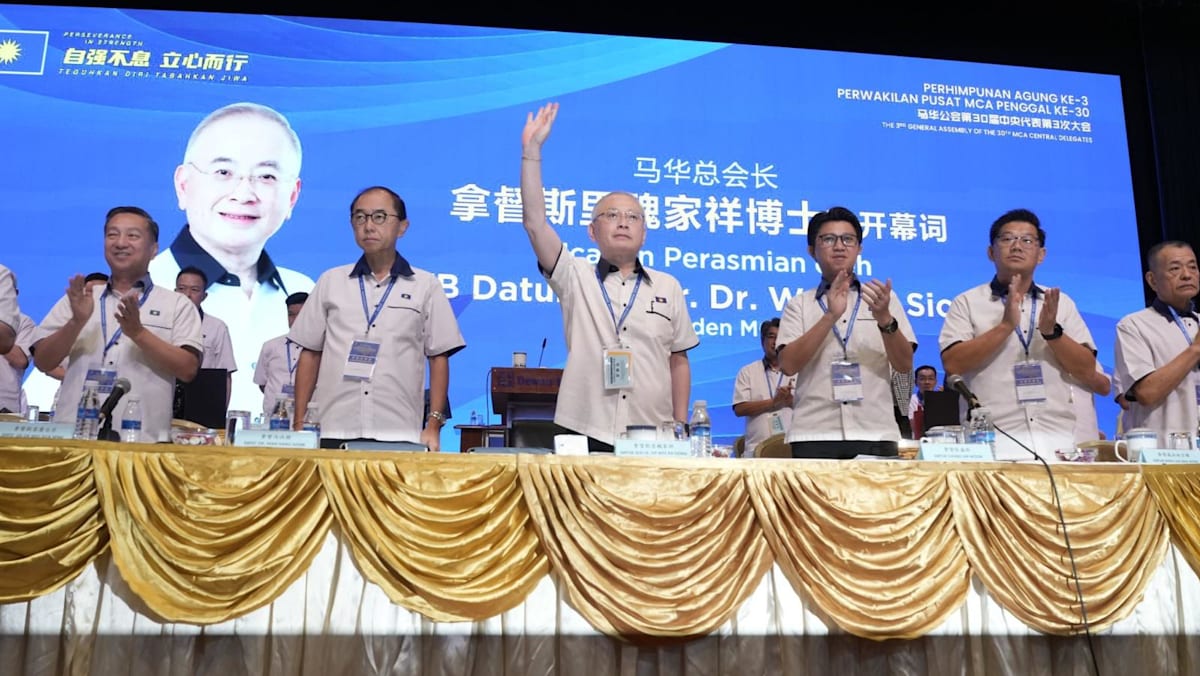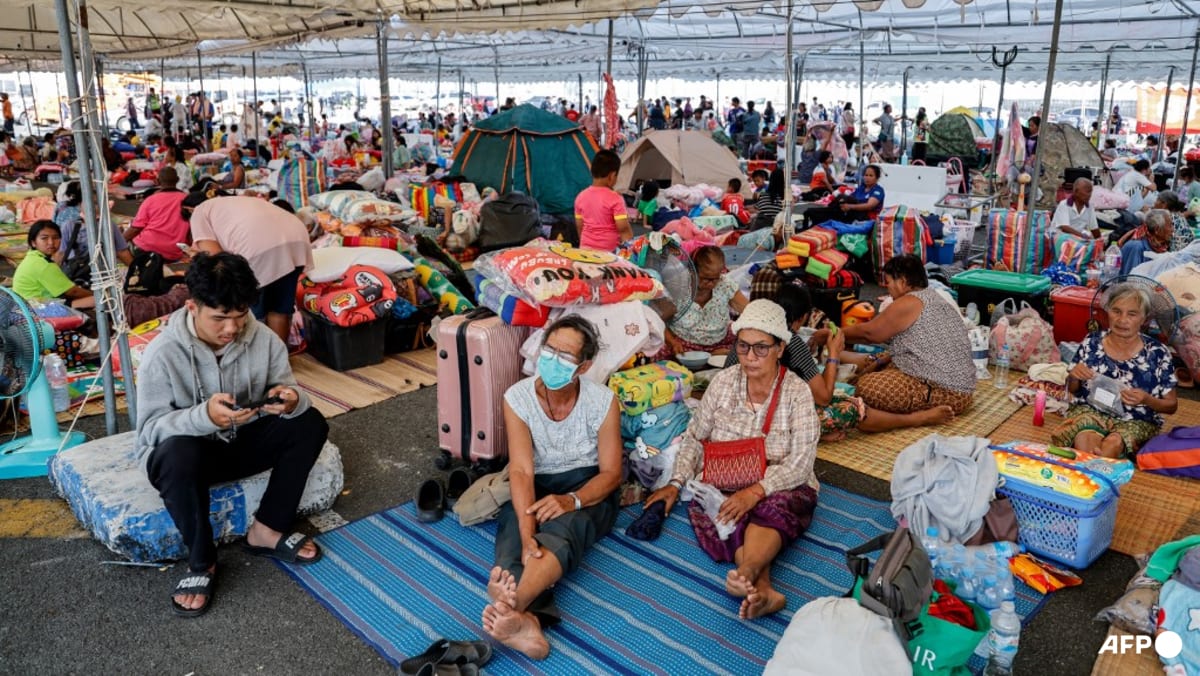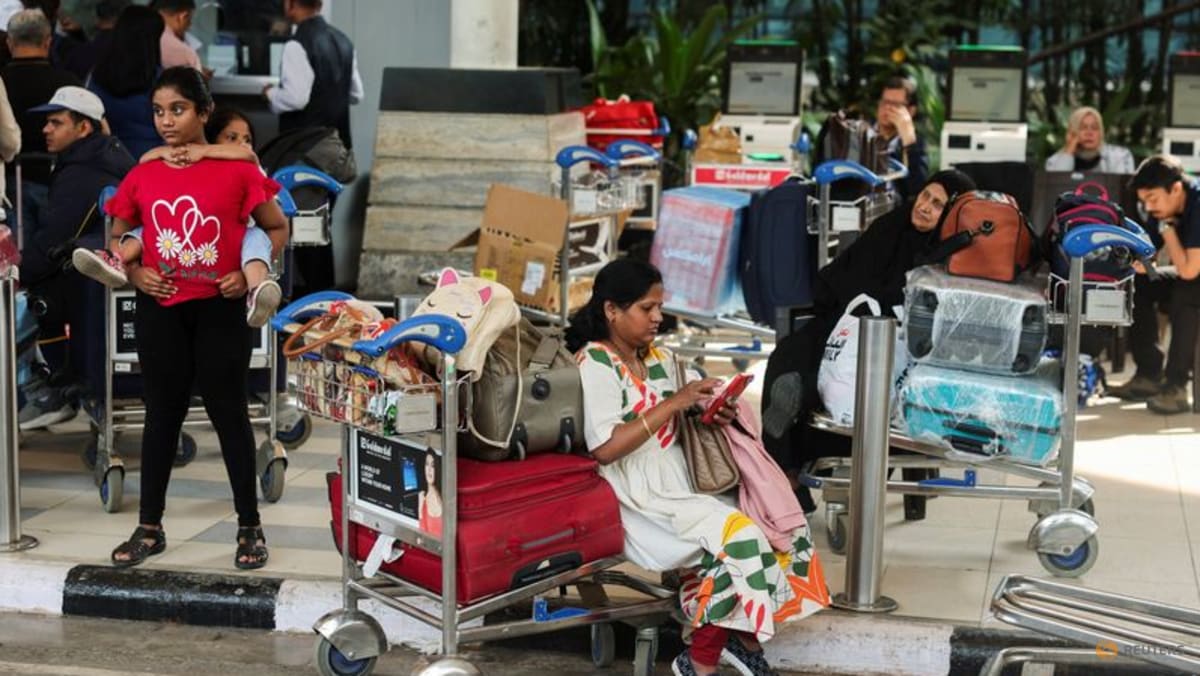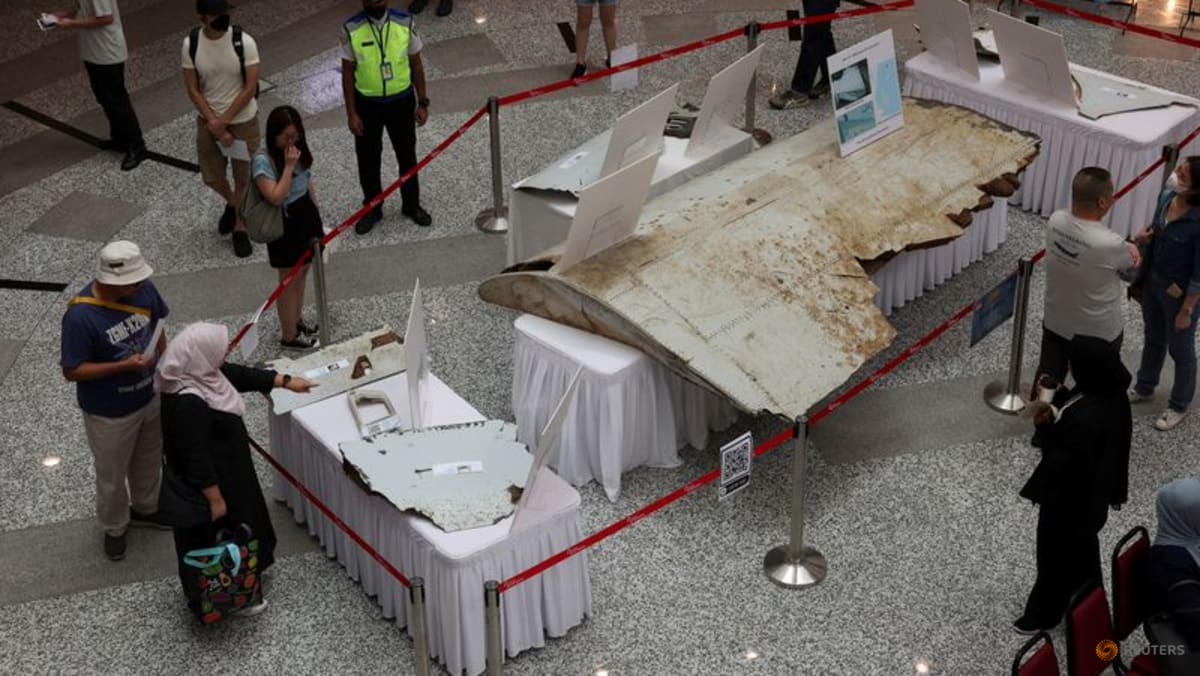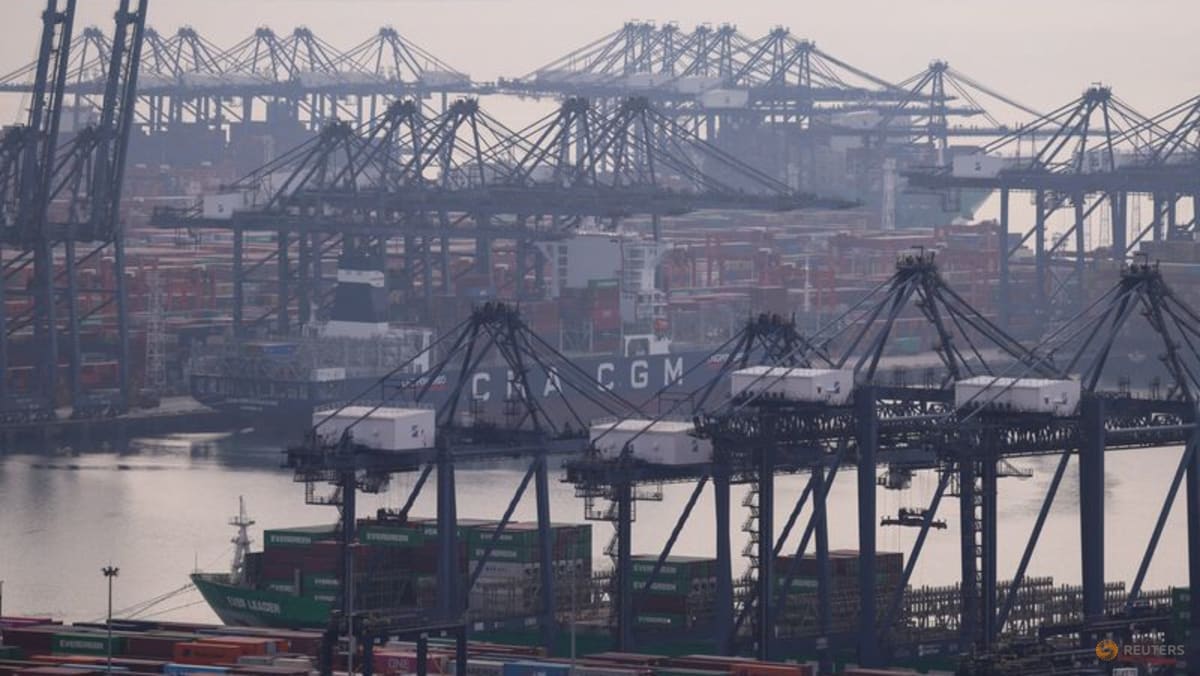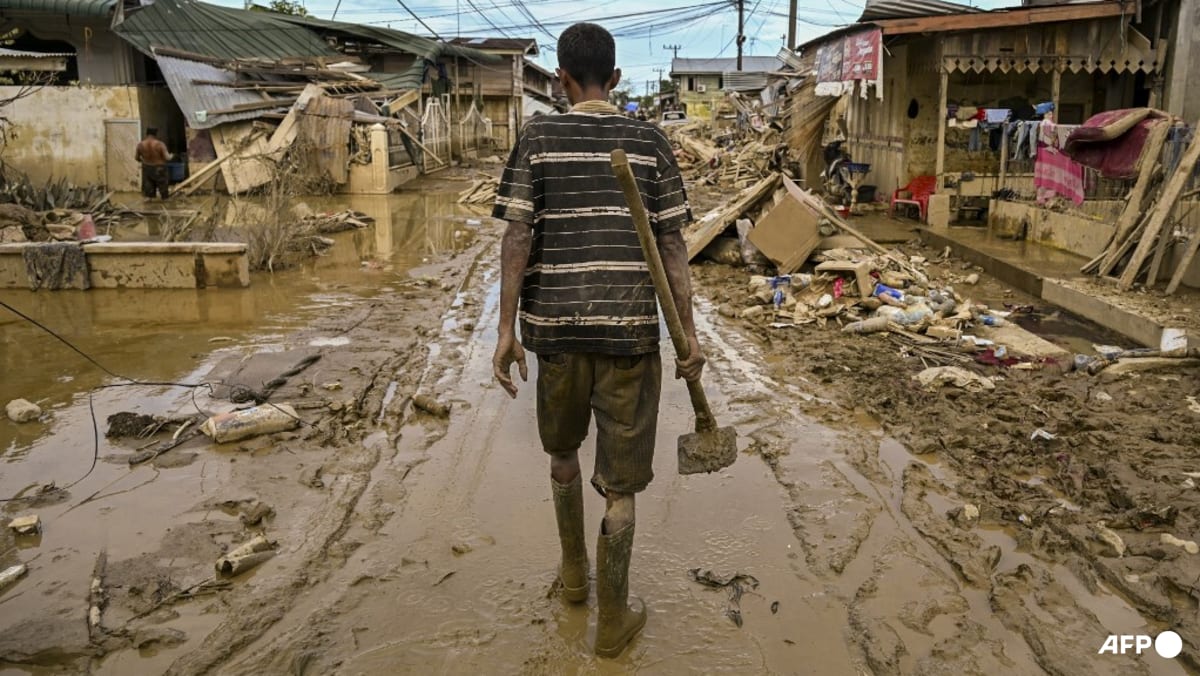In the face of China’s economic crisis, it’s trial by fire for Premier Li Qiang

Derek Scissors, a resident scholar with the American Enterprise Institute and chief economist of China Beige Book, also pointed to a policy dilemma, as conventional stimulus would work for only a year, at most, and more borrowing to fund construction would just dig the debt hole deeper.
Granting more rights to private firms, if implemented, would be beneficial, but it would take quite a long time. And there are lingering concerns that much of what leaders have promised consists of empty words, not supported by concrete action.
“Right now, Beijing is promising too many things to be able to see the true priorities,” Scissors said. “The third plenum (of the 20th CPC Central Committee) is the right time to see if there’s been a meaningful policy shift.”
Beijing is due to convene the committee’s third plenary session – featuring about 400 top cadres – later this year, and long-term economic policies are expected to be discussed.
A decade ago, the committee released a historic document on reform, including dozens of tasks aimed at reshaping the national economy and guiding it in a more market-oriented direction. However, the reform of state-owned enterprises – one of many widely discussed plans – deviated from its intended path, as these SOEs would go on to be handed the mission of becoming bigger, better and stronger.
Domestic academics and policy circles largely focus on structural issues and long-term growth, with concerns of “Japanification”, which led to Japan’s lost decades. There are already some similarities between the two nations, including their demographic structure, slumping property market, declining consumer prices and weak domestic demand.
“We should think about whether the current economy is at a turning point. If it is, the growth will continue to fall, and an ‘L-shaped’ curve will show up again,” Liu Shangxi, head of the Ministry of Finance’s research academy, was quoted as saying by the Economic Observer business newspaper late last month.
L-shaped recoveries are characterised by a slow rate of recovery, with persistent unemployment and stagnant economic growth.
Liu was among seven economists invited by the Chinese premier in early July to offer their suggestions.
China’s average economic growth rate during the pandemic-hit years was 5.2 per cent – close to the minimum requirement that Beijing has set to double its economic size by 2035.
Source: CNA


